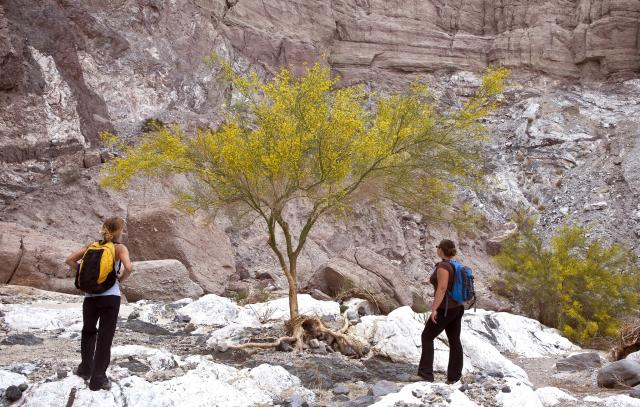Related Stories
- 11-year-old Touren Pope discovers ancient turtle fossil on BLM land in Wyoming
- Progress on Public Lands: BLM 2025 Trump Administration Accomplishments | January 20 - December 31, 2025
- Popular posts: BLM's most viewed blogs of 2025
- Nine years of partnership pays off: Fitzhugh Creek Meadow restoration achieves dramatic results
- Using science to uncover mysteries of the Mesa archaeological site in Alaska

